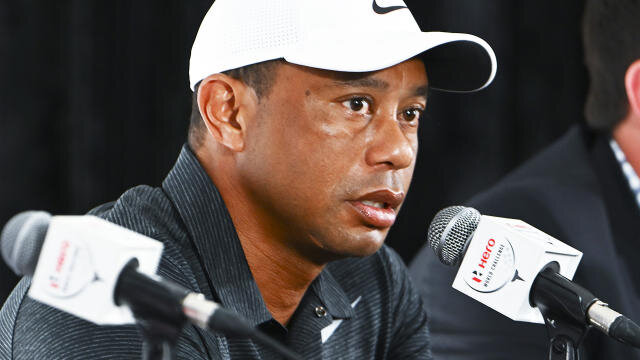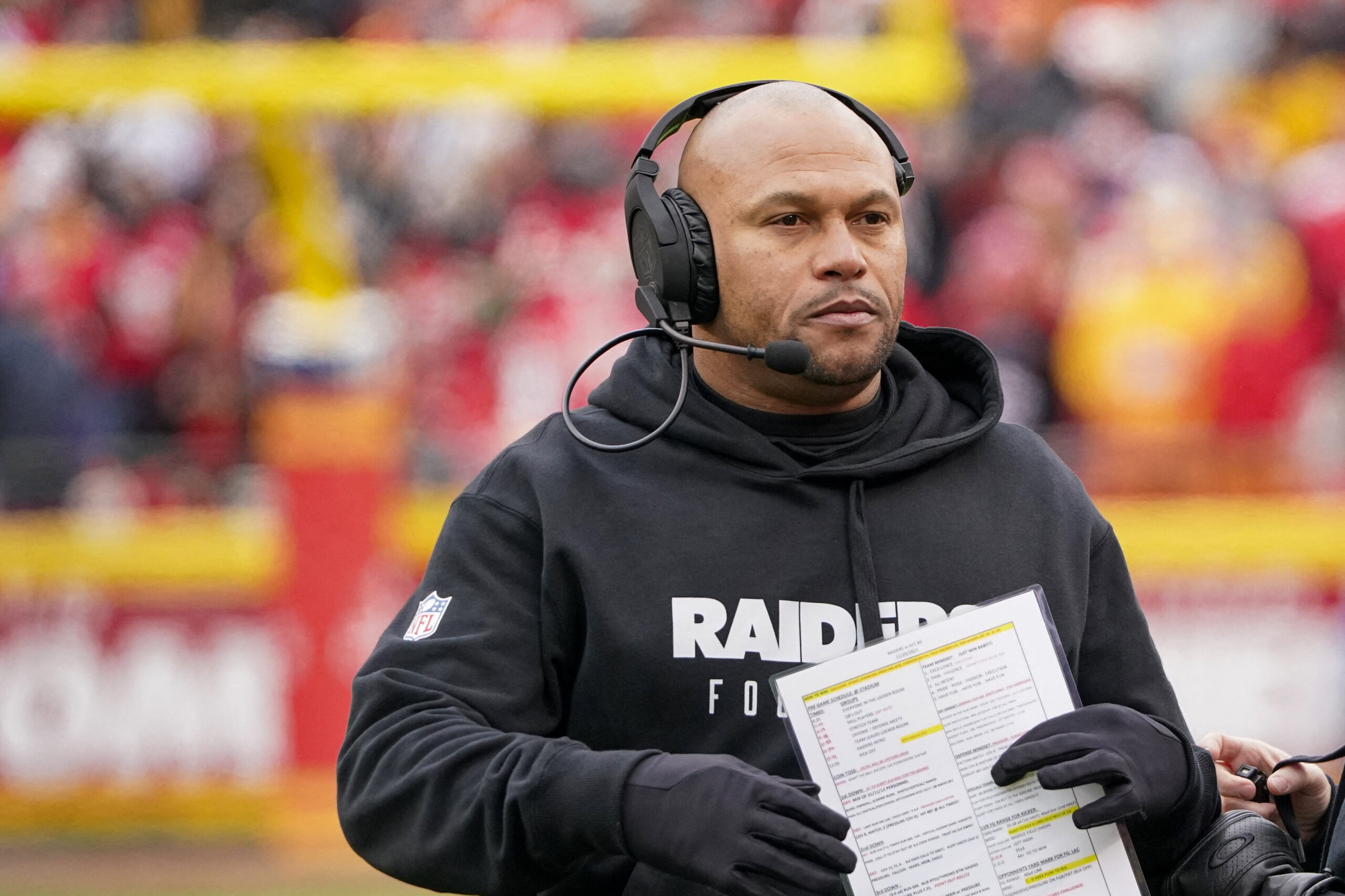Unbelievable: Don’t be stupid, Tiger Woods’s angry response to two pros causes a lot of tension.

Tiger Woods himself says it best, yet swing instructors, statisticians, and mental coaches can all attempt to figure out what made him so special.
Tiger occasionally provides small clues that shed light on his accomplishment (such as “playing aggressively to my spots” and the “Tiger 5” statistics he painstakingly monitored), but what really sticks out is what he said to two former Stanford University golfers.
Course management guru Scott Fawcett talked about two encounters he had with Maverick McNealy and Joseph Bramlett during our Golf Digest Happy Hour. When asked what made Tiger so great, both former Stanford players who are now tour pros had the same startling response: lag putting.
We discussed Tiger’s insight and its implications for the rest of us in this edition of the Golf IQ podcast, which you can listen to here (or below), with Senior Game Improvement Editor Luke Kerr-Dineen.
When it came to course management in college, Fawcett, who worked with McNealy, said that McNealy questioned Tiger, “Why are you the best player of all time?” “Well, because I’m the best lag putter ever,” was Tiger’s reply.
No matter how much difficulty he gets into, Tiger told McNealy, he always feels like he can dump an approach somewhere on the green and leave himself forty feet. There’s less strain on his iron play now that he knows he can two-putt from wherever on the green.

During his early-career peak from 2000 to 2002, Tiger topped the PGA Tour in bogey avoidance, largely because to his outstanding lag putting.
For the rest of us, what is the lesson here? Consider the number of times you strike the ball within ten feet during a round. This is maybe twice or three times a day for a scratch player, and much less for mid- and high-handicappers. The vast majority of your initial putts will come from mid- to long-range, so improving your speed control and reducing the amount of three-putts you make are two of the fastest methods to lower your scores.
During our Happy Hour, Fawcett further clarified that a player with an average of 79 makes one extra birdie every round compared to someone with an average of 95. What’s the remaining distinction? The shooter from the 1970s makes a lot fewer bogeys, doubles, and other errors—many of which are the result of three-putts.

It’s simply not about making birdies in this game. “The goal of this game is to avoid bogeys,” adds Fawcett.
You will save a few strokes on each round by becoming an excellent lag putter and controlling your pace better. In addition, as Tiger points out, you will release some of the burden on your iron game. It will not feel necessary for you to fire at difficult hole placements because you know you can get down in two from wherever on the green. You can just smash it 40 or 50 feet away on the green, make a two-putt, and continue.
Tiger claims that’s why he was so successful, so perhaps there is truth to it.



